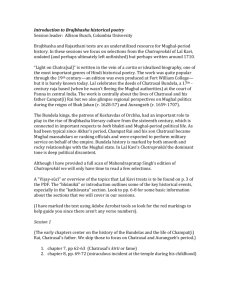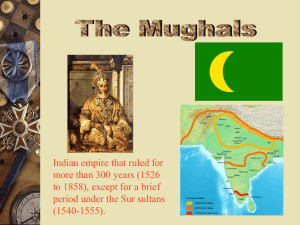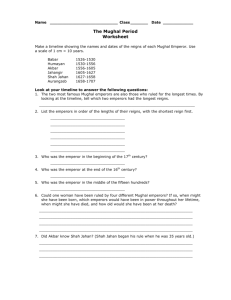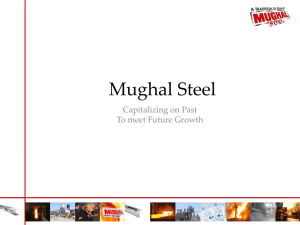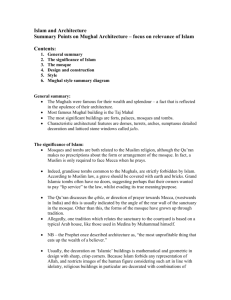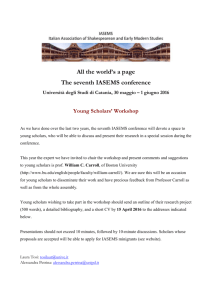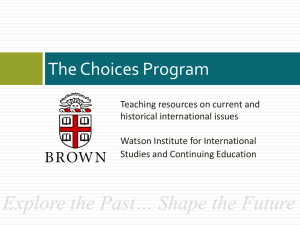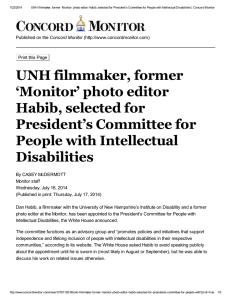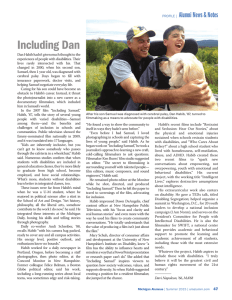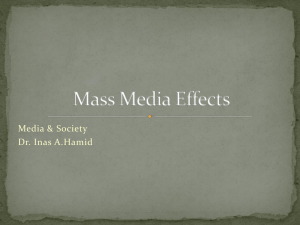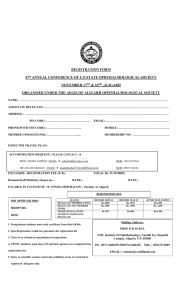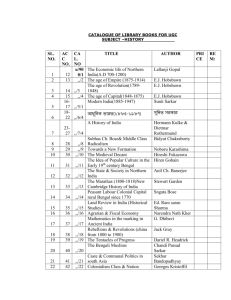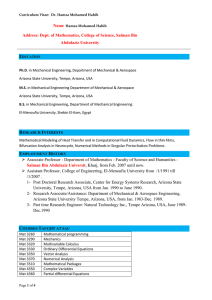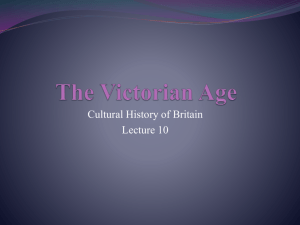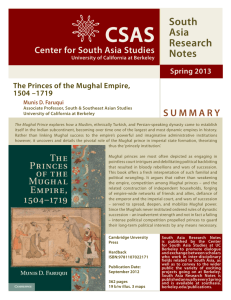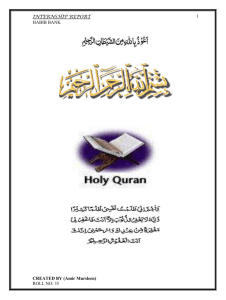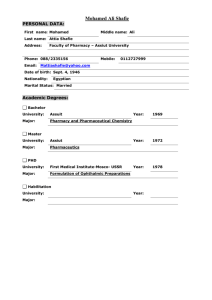week2thurs
advertisement
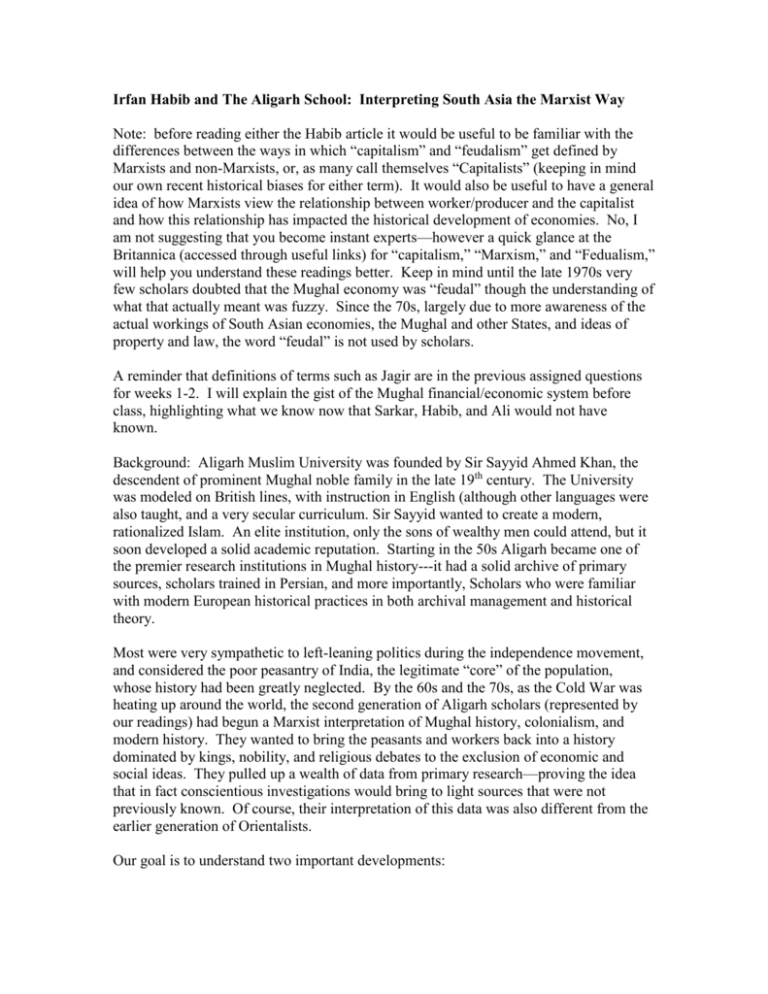
Irfan Habib and The Aligarh School: Interpreting South Asia the Marxist Way Note: before reading either the Habib article it would be useful to be familiar with the differences between the ways in which “capitalism” and “feudalism” get defined by Marxists and non-Marxists, or, as many call themselves “Capitalists” (keeping in mind our own recent historical biases for either term). It would also be useful to have a general idea of how Marxists view the relationship between worker/producer and the capitalist and how this relationship has impacted the historical development of economies. No, I am not suggesting that you become instant experts—however a quick glance at the Britannica (accessed through useful links) for “capitalism,” “Marxism,” and “Fedualism,” will help you understand these readings better. Keep in mind until the late 1970s very few scholars doubted that the Mughal economy was “feudal” though the understanding of what that actually meant was fuzzy. Since the 70s, largely due to more awareness of the actual workings of South Asian economies, the Mughal and other States, and ideas of property and law, the word “feudal” is not used by scholars. A reminder that definitions of terms such as Jagir are in the previous assigned questions for weeks 1-2. I will explain the gist of the Mughal financial/economic system before class, highlighting what we know now that Sarkar, Habib, and Ali would not have known. Background: Aligarh Muslim University was founded by Sir Sayyid Ahmed Khan, the descendent of prominent Mughal noble family in the late 19th century. The University was modeled on British lines, with instruction in English (although other languages were also taught, and a very secular curriculum. Sir Sayyid wanted to create a modern, rationalized Islam. An elite institution, only the sons of wealthy men could attend, but it soon developed a solid academic reputation. Starting in the 50s Aligarh became one of the premier research institutions in Mughal history---it had a solid archive of primary sources, scholars trained in Persian, and more importantly, Scholars who were familiar with modern European historical practices in both archival management and historical theory. Most were very sympathetic to left-leaning politics during the independence movement, and considered the poor peasantry of India, the legitimate “core” of the population, whose history had been greatly neglected. By the 60s and the 70s, as the Cold War was heating up around the world, the second generation of Aligarh scholars (represented by our readings) had begun a Marxist interpretation of Mughal history, colonialism, and modern history. They wanted to bring the peasants and workers back into a history dominated by kings, nobility, and religious debates to the exclusion of economic and social ideas. They pulled up a wealth of data from primary research—proving the idea that in fact conscientious investigations would bring to light sources that were not previously known. Of course, their interpretation of this data was also different from the earlier generation of Orientalists. Our goal is to understand two important developments: How political ideological changes the understanding of the late Mughal period and the 18th century history How appropriate is the theoretical apparatus used by Habib and others, MORE IMPORTANTLY, even if we do not agree with their conclusions, what does the wealth of data about the economy tell us? Before we attempt these two larger questions, let us try to get some details out of the readings: 1. In Habib’s understanding what were the primary structures of the relationship between peasant producers and the government? Does the economy show growth or stagnation? Innovation or passive adaptation? 2. How does the growth in rural areas compare to the cities? Try to make a detailed chart of these complicated exchanges with page numbers. 3. How was the social system evolving due to the changes in the economy? Relate the discussion of the details of Habib’s argument in this regard to the later discussion on caste (p. 34) Now, you can use these responses to answer the two larger questions above.

